When Toys, Socks, and Tinsel Turn Into Pet Emergencies
It starts innocently. A dog sneaks a sock from the laundry basket. A cat bats at a ribbon until it disappears. A piece of plastic vanishes from the floor, and no one sees where it went. Hours later, the pet is vomiting, hiding, or refusing food. Families are left wondering: should we wait and see, or is something seriously wrong?
At Flora Family Vet, we see these cases often. Sometimes the object passes safely. Other times, it causes dangerous intestinal blockages that require surgery and hospitalization. Knowing what to watch for, and how quickly to act, can make the difference between a simple procedure and a life-threatening emergency.
Is Your Pet Vomiting or Hiding? These Are Red Flags You Shouldn’t Ignore
Vomiting is one of the earliest signs of a foreign body. But not all vomiting is the same:
- If your pet cannot hold down water, seek care immediately. Dehydration and electrolyte imbalances can develop quickly.
- Vomiting undigested food soon after eating may signal that something is blocking food from moving through the digestive tract.
- Ongoing vomiting, repeated retching, loss of appetite, lethargy, hiding, or straining without stool are all red flags.
Cats tend to be more subtle than dogs. A dog may collapse, pace, or retch loudly, while a cat may simply skip a meal or hide in a quiet corner. Paying close attention to changes in behavior, appetite, or activity can make all the difference.
When Every Hour Counts: Why Acting Fast Can Save Your Pet’s Life
With foreign bodies, time is critical. Pets seen early may be able to vomit the object safely under supervision or have it removed with endoscopy. Waiting too long may lead to surgery. In cases of tissue damage, surgery may involve removing part of the intestine (resection and anastomosis).
Knowing what’s normal for your pet helps you spot problems quickly. If a dog who never skips a meal suddenly refuses food, or a social cat retreats and hides, don’t ignore it. Quick action could mean the difference between a same-day discharge and several days in the hospital.
What Your Pet Swallowed Matters: Types of Blockages and Why They’re Dangerous
Not all swallowed objects behave the same way. Household items like string, toys, and food packaging are frequent culprits for both cats and dogs. A piece of tinsel can cause a very different blockage as compared to a ball or stuffed toy.
- Complete obstruction: Nothing passes, leading to persistent vomiting and rapid decline.
- Partial obstruction: Some fluids or food may still pass. Symptoms can fluctuate but worsen over time.
- Linear obstruction: Items like string, yarn, dental floss, or thread can anchor while the rest pulls through the intestines, causing dangerous folds or tears.
- Sharp objects: Sewing needles, bones, and plastic shards can puncture the digestive tract, leading to infection or sepsis.
How Vets Find the Problem: Tests That Detect Swallowed Objects
Diagnosis starts with stabilization. IV fluids, pain control, and supportive care are essential before testing can begin.
At Flora Family Vet, our diagnostic services include:
- Digital X-rays to identify gas patterns, dilated intestines, or abnormal shapes.
- Ultrasound for evaluating soft tissues, intestinal wall condition, and blood flow.
- Bloodwork and urine tests to check hydration, electrolyte levels, organ function, and potential toxin exposure.
- Advanced options like CT imaging via partner services for complex or unclear cases.
In some cases, exploratory surgery is needed when imaging is inconclusive. If no object is found, tissue biopsies may help rule out conditions like inflammatory bowel disease, cancer, or severe GI infections.
How We Treat Swallowed Objects: From Monitoring to Surgery
- Supportive care: For stable pets that swallow small, smooth, or non-toxic items. They may be hospitalized for fluids, anti-nausea medication, and monitoring. Imaging helps determine whether the item passes naturally.
- Endoscopy: For objects still in the stomach or upper intestines. This method avoids surgery and typically allows for quicker recovery.
- Surgery: Required when the object is sharp, deeply lodged, or causing damage. Our surgery team offers:
- Gastrotomy (stomach incision)
- Enterotomy (intestinal incision)
- Resection and anastomosis (removal of damaged intestine with reconnection of healthy sections)
All surgical patients receive pre-anesthetic bloodwork, tailored pain relief, and continuous monitoring. Many also benefit from adjunctive care such as laser therapy to promote healing and reduce discomfort.
What to Expect After Surgery: Hospital Recovery and Care
Recovery doesn’t end once the object is out. Pets often need continued hospitalization for fluids, pain management, and nutritional support until their digestive systems are functioning again.
During recovery, we closely monitor:
- Heart rate, breathing, and blood pressure
- Pain levels and comfort
- Incision healing and signs of infection
- Return of appetite and normal bowel function
Because your pet is healing from life-saving major abdominal surgery, typically with damage to the stomach or intestines, problems can occur even when surgery goes perfectly. Potential complications can take days to appear, and include:
- Suture leakage and peritonitis
- Ileus (sluggish intestinal movement)
- Septic peritonitis if perforation occurred
- Short bowel syndrome after major resections
- Aspiration pneumonia from inhaling vomit
Hospitalization ensures that these risks are identified and managed promptly. Pets are discharged only when they are stable, pain-free, and eating independently.
Your Role at Home: How to Help Your Pet Heal Safely
Once your pet is home, your care is vital to their recovery.
- Confinement: Keep cats in a crate or small room, and dogs in crates or on leash-only movement. No jumping, no wrestling with other pets, no running- it’s up to you to keep them quiet while they heal.
- Litter and bathroom breaks: Use shredded paper or pellet litter for cats to prevent contamination. Walk dogs on leash only.
- E-collars or recovery suits: Prevent licking or chewing the incision. The cone should extend 2 inches past your pet’s nose and not allow any contact between their mouth and their body.
- Pain monitoring: Pain control is critical for their comfort. Watch your pet’s body language for signs of pain. The Feline Grimace Scale helps detect subtle pain signs in cats.
- Incision checks: Examine daily for redness, swelling, or discharge. This guide has helpful tips.
Why Pet Parents Trust Flora Family Vet
Flora Family Vet is proud to be AAHA accredited, which means we meet the highest standards of veterinary medicine. Our team combines advanced diagnostics, skilled surgical care, and modern recovery support to give pets the best possible outcome.
If your cat or dog has swallowed something they shouldn’t, don’t wait. Our urgent care services are available during business hours, and we work closely with local ER hospitals after-hours to ensure continuity of care.
Flora Family Vet
2229 Fortune Rd, Kissimmee, FL 34744
(407) 348-4840
Contact us online for guidance or to schedule urgent care.


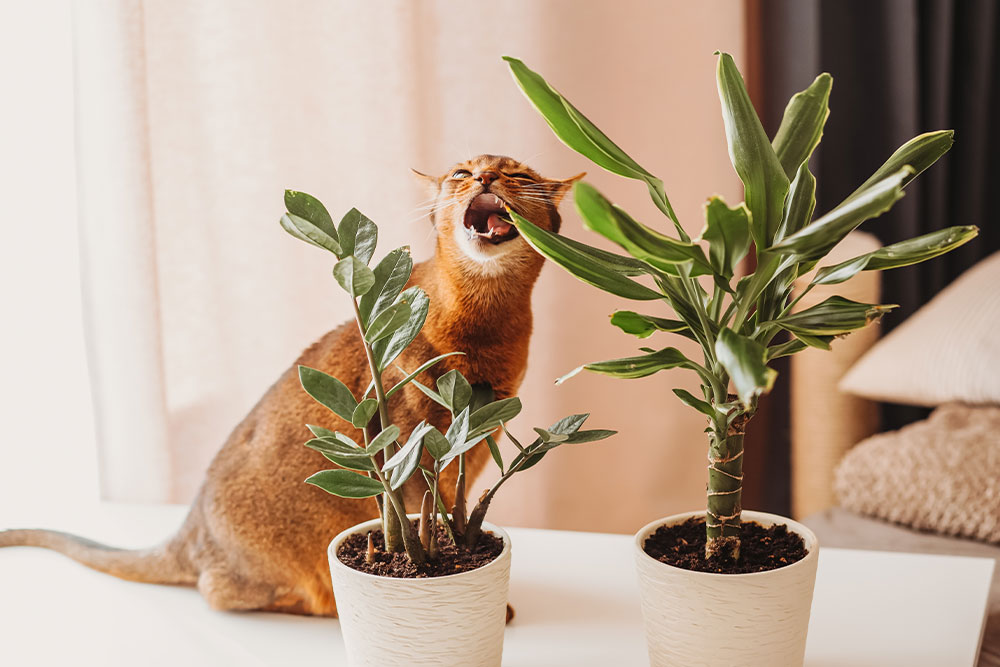
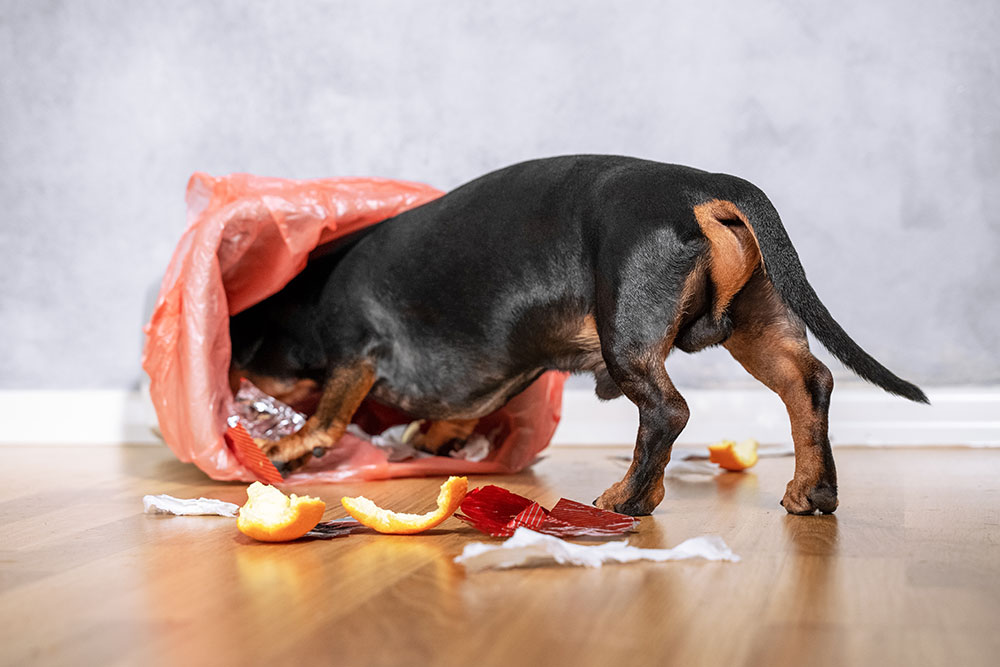

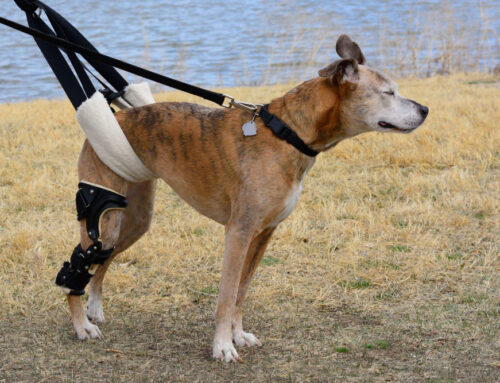
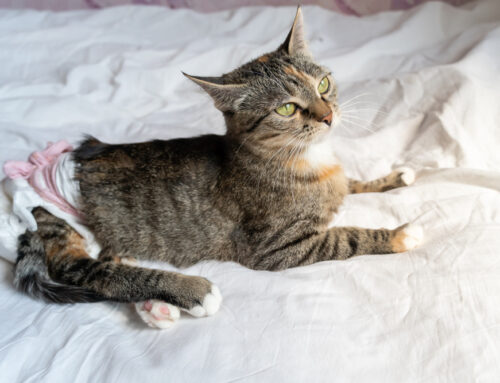
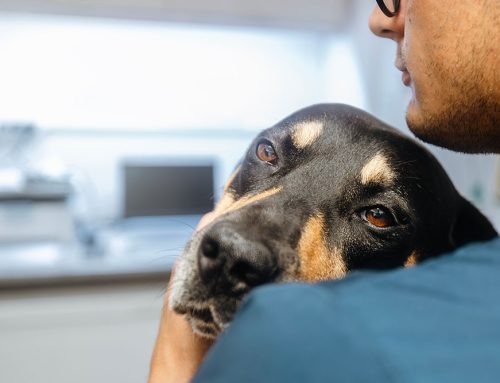

Leave A Comment